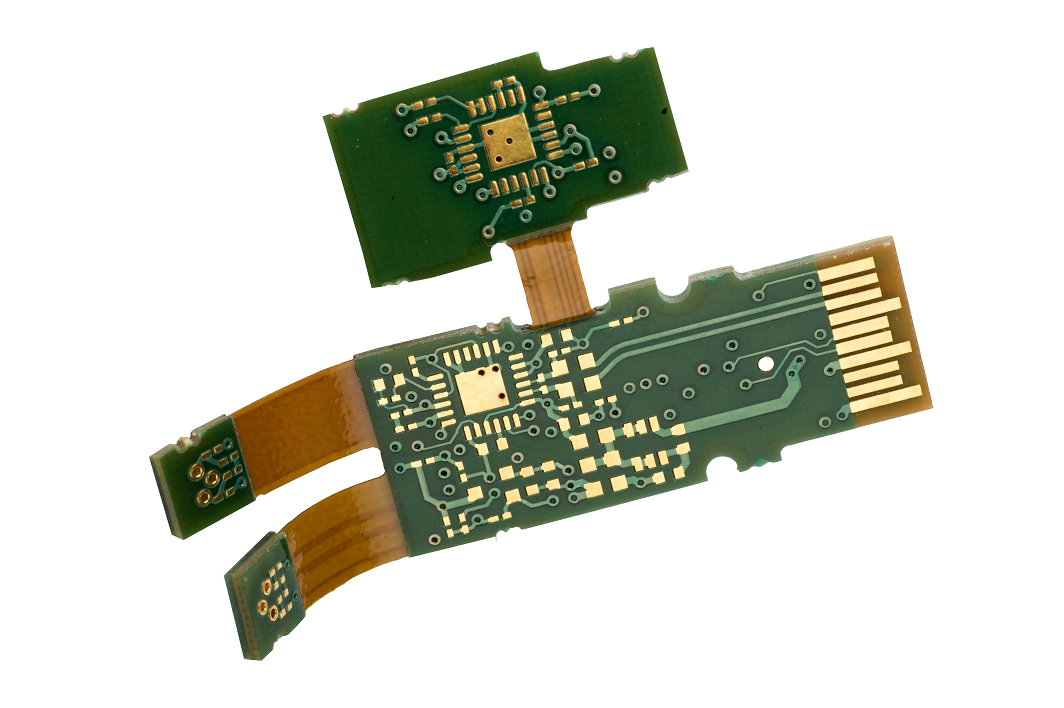In the constantly evolving world of electronics Innovation is the key to stay ahead of the technology. As the demands for smaller, more flexible, and high-performance electronic devices continue to grow, manufacturers are constantly seeking innovative ways to transform product assembly. One such groundbreaking technology that has received a lot of attention is manufacturing using flex circuits.
Flexible printed circuit boards also known as Flexible Circuits (PCBs) are a great alternative to rigid PCBs. They have a number of advantages over rigid PCBs. These circuits can bend, twist and adapt to various forms. They are perfect for applications requiring intricate designs, small space or greater durability.

Flex circuits can be a method manufacturers can push the boundaries in design. They are an adjustable foundation that adjusts to the shape of the product. This lets designers create more innovative and smaller designs, eventually leading to smaller and lighter devices. Imagine a phone that wraps around your hand, a wearable health monitor which is tucked away around your wrist, or an intelligent appliance that has a sleek, ergonomic design. Engineers and designers can turn their ideas into reality by using Flex Circuits, enabling them to unlock a world of possibilities in product design.
Beyond aesthetics and aesthetics, the tensile strength of flex circuits makes them stand apart from their rigid counterparts. PCBs of the traditional type can be damaged by shocks, vibrations as well as repeated bends. Flex circuits are constructed with materials that resist these conditions, and therefore highly durable. This is particularly crucial in industries like aerospace as well as medical and automotive where electronic components are subjected to harsh conditions.
Flex circuits’ impressive capabilities are greatly enhanced by the methods of manufacturing used. As opposed to rigid PCBs which are constructed using multiple layers of fiberglass or copper, flex circuits are constructed with a thin, flexible substrate material, such as polyimide and polyester. The substrate serves as the core of the circuit and permits it to be bent or twisting while maintaining electrical connectivity. Flex circuit manufacturers are able to precisely etch circuit trace, integrate complex interconnects and integrate components onto the flexible substrate with modern manufacturing techniques.
The incorporation of components directly into the flex circuit called surface mount technology (SMT), further enhances the versatility and efficiency of these circuits. With SMT, manufacturers can mount electronic components directly on the surface of the flex circuit, thus eliminating the requirement for bulky connectors and minimizing the overall size of the device. This method of streamlined design not only conserves space, it also enhances the integrity of signals, decreases weight, and enhances thermal management.
Flexible circuit manufacturing permits rapid prototyping and the ability to scale production. The flexibility of circuit designs allows for rapid iterations during the prototyping phase, accelerating the process of developing a product. Flex circuits are also economical when it comes to manufacturing large volumes, as they can be manufactured in large numbers using automated manufacturing techniques. This makes the flex circuits a desirable option for businesses that want to bring their innovative ideas to market quickly and effectively. For more information, click flex circuit manufacturing
It is vital to be able to rely on a reliable source for flex circuits because the demand increases. To ensure quality, precision and reliability in the production of flex circuits it is crucial to partner with reliable and seasoned manufacturers. They are able to guide customers through the process of designing and manufacturing and provide valuable information on material selection, and assure that the product is in line with industry standards.
In the end, flex circuits serve as vital components in achieving the highest degree of complexity in contemporary electronic assemblies. They play a crucial role in the design of complex electronic systems. From consumer electronics to military equipment they can be used in various applications. As they move seamlessly across small areas, flexible substrates offer engineers the capability to make their designs feature-rich while still fitting into small footprints for assembly. Although there are other ways to conduct circuits, they can’t match the mechanical and electrical properties of flex assemblies when meeting strict size requirements. Flexible circuits are the most appropriate choice for projects that require complicated interconnections combining multiple technologies in an organized package.